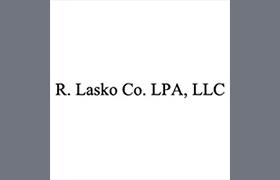Pickaway County, OH Bankruptcy Lawyers
Sponsored Law Firm
-
 x
x

Click For More Info:
-
R. Lasko Co. LPA, LLC
1406 W 6th St STE 200, Cleveland, OH 44113» view mapBusiness, Estate, Real Estate, Employment Competent Legal Representation
Let R. Lasko Co. LPA, LLC handle all your legal needs today!
216-574-2602
Includes: Bankruptcy Litigation, Commercial Bankruptcy, Consumer Bankruptcy, Dissolution
Brian Samuel Stewart
Litigation, Patent, Corporate, Commercial Bankruptcy
Status: In Good Standing Licensed: 14 Years
Elisa Marie Branham
Insurance, Bankruptcy, Personal Injury, Workers' Compensation
Status: In Good Standing Licensed: 31 Years
John William Hosterman
Real Estate, Estate, Banking & Finance, Bankruptcy
Status: In Good Standing Licensed: 50 Years
 Ronald Lasko Cleveland, OH
Ronald Lasko Cleveland, OH AboutR. Lasko Co. LPA, LLC
AboutR. Lasko Co. LPA, LLC
